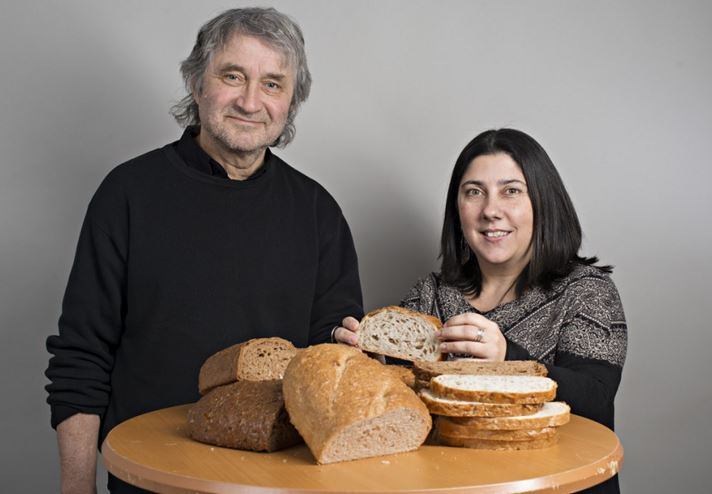Developed by researchers from Norway’s Nofima Institute, RapidCheck optimises and builds on existing methods that allow food manufacturers themselves to analyse the taste, smell, texture and appearance of their own products.
Senior researcher, Paula Varela-Tomasco, told FoodNavigator: “[We] focus on time and cost saving sensory methods for improved product development in the food industry. Recruiting and maintaining a trained sensory panel requires time and money. As an example, with the new alternative methods you can run a data collection for a project in one hour, while with classic methods it will take at least a couple of weeks.

“These new rapid methods give more flexibility to the industries also in terms of the type of data they gather, as apart from sensory data they can get information directly from consumers on usage and attitudes towards their products."
Holistic and psychology-based
Several evaluation methods are being explored, ranging from those based on consumer sensory attributes, such as ‘Check all the apply’ to those that are more holistic and psychology-based.

One such holistic example is projective mapping based on choice, a recent development based on the original method created by Nofima in the 80s
After tasting and smelling the bread and looking at the packaging, consumers grouped the samples according to what they would have chosen, describing the reasons behind their preferences. This allowed the researchers to determine which types of bread were more suitable to specific consumers and functions, such as families or packed lunches, soups or side dishes.
Aside from its cost- and time- effectiveness, one of the benefits of this method is its spontaneity. “It’s the spontaneous reaction one is looking for,” said Varela-Tomasco.
Another method is polarised sensory positioning which compares a test product with other samples, such as competitor products by eliciting words to describe each sample. These words are entered into a computer, the frequency is tabulated and a product map is generated. If the results are combined with consumer surveys, the manufacturer can build a good idea of which products can be entered onto the market.
Fellow Nofima researcher Tormod Næs said: “For food companies checking quality or working on product development, this is both a simpler, faster and cheaper way of assessing products.”
The research has been carried out in collaboration with leading Norwegian companies such as Orkla, Tine, Nortura, Bama and Coop Norge, and some methods developed through RapidCheck are already being used. The institute offers courses to help companies use the sensory methods accurately and interpret the results correctly, and Varela-Tomasco hopes more will follow. “We do not sell a product or software, we do research and make the results public through dissemination, [and] we can certainly help industries to set up these procedures and use them by themselves.”
Nofima researchers presented their findings at Eurosense conference last year, and are currently in the process of submitting a paper for publication in a scientific journal.
